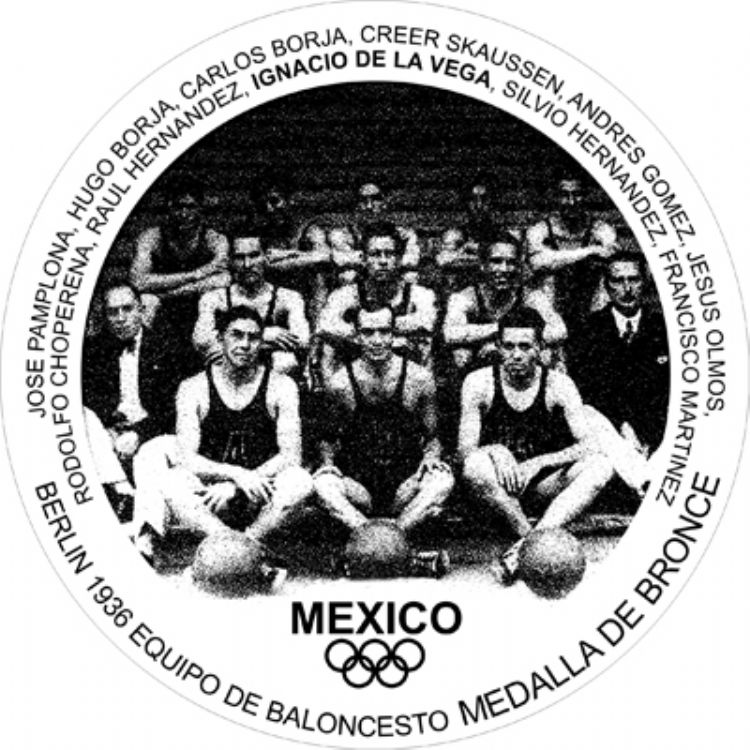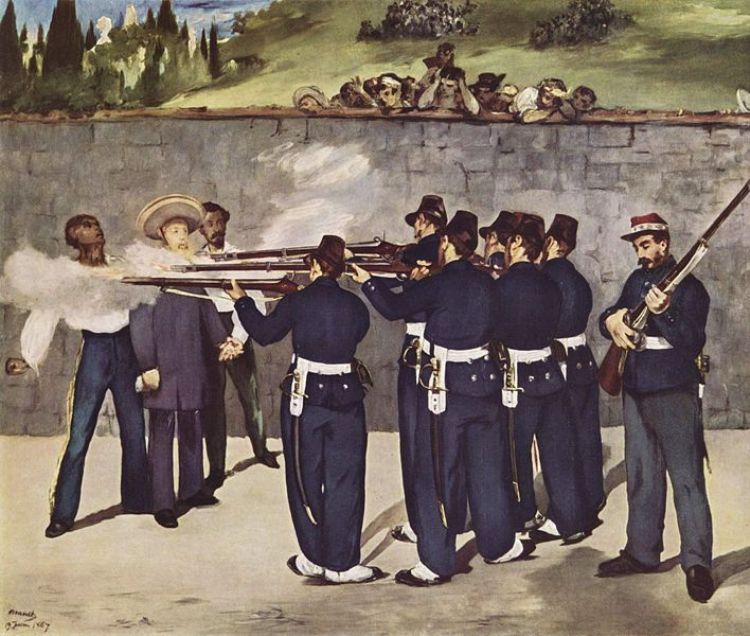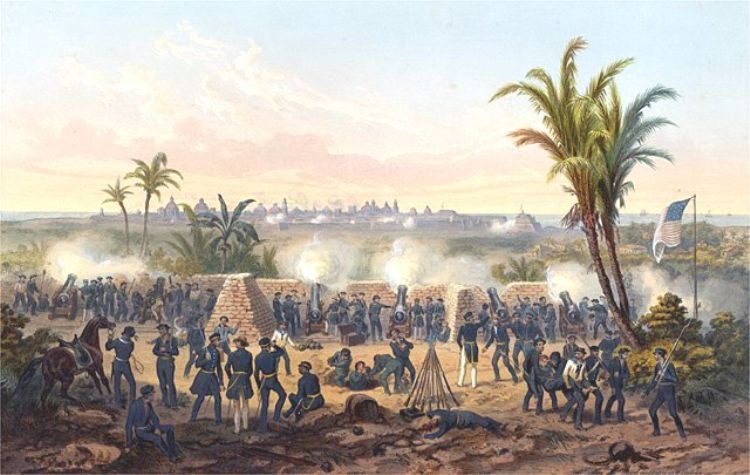Comercial Mexicana Crisis in 2008

Comercial Mexicana is one of the largest retail chains in the self-service segment. They own more than 200 stores in various forms and formats, which allows them to reach almost all kinds of consumers. They also own 72 restaurants in several cities.
Despite being the third largest retail chain in the country, Comercial Mexicana or âLa Comerâ has suffered diverse setbacks. One of the most notorious was in October 2008 when the company saw its debt in US dollars grow significantly; the reason was a 10% fall of the Mexican peso against the US dollar.
The company had acquired debt (derivatives) in US dollars because they had bet (according to the declarations released by the Secretaría de Hacienda y Crédito Público (Secretariat of Finance and Public Credit) on the strengthening of the Mexican peso, or at least, on the stability of the exchange rate. When, instead of diminishing the debt increased, -which at that time it was believed to be of one thousand eighty million pesos - they tried to negotiate with creditors to have it restructured. The creditors and shareholders denied the request. They argued that the actual amount owned was larger. The creditors then threaten with lawsuits and demanded payment of the estimated amount.
A few days later, on October the 10th , âLa Comerâ tried to get a special injunction in the form of the so called âinsolvency proceedingsâ. The first phase of this proceeding asked for the restructure of the debt, the injection of capital from shareholders, concessions from suppliers, a temporary suspension of interests, and a freeze on embargos and lawsuits that would demand resources at that moment.
Even though initially âLa Comerâ did not get the special injunction, shareholders, suppliers and company debtors agreed to stop legal maneuvers and to negotiate. Not doing so would have put the company in bankruptcy, and many would have lost the money they invested in the retail chain. (In a bankruptcy situation, all the assets of a company are sold, and the profits are used to pay ONLY AS MUCH OF THE DEBT AS POSSIBLE, leaving many without collecting their money).
Banks were and still are some of the main creditors of âLa Comerâ. BBVA Bancomer, IXE, HSBC, CITIBANK-Banamex, Grupo financiero Banorte, and JP Morgan stand out amongst them. The stock of Controladora Comercial Mexicana, -name the company uses in the stock market- continued falling month after month.
By special injunctions, negotiations, promises, loans and small payments (which absorbed the 140 million daily cash flow of the company), Comercial Mexicana was able to âbuyâ time and avoid layoffs, closing of stores, and shortage of products. This situation continued until December 2008 when many of the mentioned banks got together and filed a civil suit against the supermarket chain.
Then, thanks in part to the efforts of their lawyer, Salvador Rocha Díaz, âLa Comerâ was able to reach a verbal agreement for a stand still, which meant a new freeze on actions against the company. Even though various groups insisted in the civil suits and continued demanding restitutions, âLa Comerâ was able to stop those actions on March 2009.
The difference between the amount of debt claimed by the creditors, -2,100 million dollars-, and the amount recognized by the company â1,010 million dollars- was the main reason for the disagreement between them.
Curiously, even though the company was having serious financial and legal problems, they did not reduce the spending on advertising or store operations significantly. This was because they wanted to give more confidence to buyers and shareholders thereof. Despite their maneuvers, and mainly because of the kind of payments they were making, the company earnings fell 439 million pesos in 2008 which meant a loss of 61 million pesos in 2009.
It was not until 2009 when âLa Comerâ presented a payment plan that was accepted by the majority of its creditors. The plan consisted of three parts which were carried out until mid-2010. The first agreement in the plan established a sustainable debt of 940 million dollars to be paid in eight years. The second one established the sale of assets for 520 million dollars within a period of no more than six years. The third agreement was to pay creditors 75 million dollars in stock that could be exchanged for capital stock of the company.
These agreements have not been easy to fulfill because they demand, for all practical purposes, that 6 of every 10 pesos of profit that enter the company are to pay debts, and in some cases interest continues to accumulate. As of July 2010, the debt amount was calculated to be 20 thousand million pesos. The company filed again for insolvency proceedings at the end of July of 2010, mainly to stop the interest on debt, and even thought their petition was not approved, the company continues operating regularly and making payments usually on time.
Artículo Producido por el Equipo Editorial Explorando México.
Copyright Explorando México, todos los Derechos Reservados.






